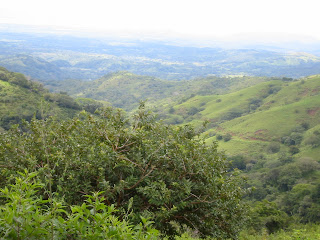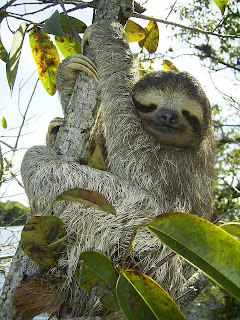Yep, you got it, snakes! This blog is all about snakes and how we can teach kids about them in a responsible way! If a snake crosses my path when I am in the garden, I jump – I think it‘s just a normal human reaction! Snakes can be dangerous and our survival response is flight!
But snakes can also be fascinating, and there are so many different species of snake in the world to learn about! Snakes are important inhabitants of natural ecosystems, helping to maintain balance and health within habitats. All snakes are predators and, depending on the size and species, they feed on a variety of invertebrates from insects, worms and slugs to lizards, birds, fish and even some small mammals.
Since I am currently in Montreal, I’ll begin with a snake that is found here in Quebec and then go to one found in Florida! Quebec is home to a couple of species of Garter snakes, the Eastern Ribbon snake (pictured above) and the Common Garter snake (pictured below).
The Eastern Ribbon snake is similar in appearance to the Garter snake, but it has a slightly longer tail. Their preferred habitat is wetlands, or the edges of lakes, ponds and streams especially since frogs are their favorite meal! They are good swimmers and are quite at home in or out of the water.
The Common Garter snake is found right across Canada and in many of States of the USA including Florida. The eastern Ribbon snake is only found in Nova Scotia, Ontario and Quebec and is Threatened in Nova Scotia.
Garter snakes are the most common of snakes and are completely harmless, though they might give you a nip if you pick them up and they are likely to secrete a foul-smelling fluid from anal glands if they are frightened! When hunting for prey they primarily use sight, however they combine their taste and smell by using Jacobson's Organ which is located in the roof of their mouth. They feed mostly on earthworms and amphibians and their saliva appears to be toxic to these species, though not to humans.
Garter snakes hibernate through the winter and generally mate after emerging from hibernation in the spring. Females give birth to live young in the late spring/early summer and may birth up to 40 in a litter.
The Florida Cottonmouth snake is a poisonous snake; it lives in the swamps, rivers and wetlands of the southeastern United States. Often called simply cottonmouth or water moccasin, these reptiles range from Virginia west to Illinois, Missouri, Oklahoma and around the Gulf States to Texas. This is a fairly large, thick-bodied snake, which can grow up to four or five feet long. They live along streams, rivers, edges of lakes and ponds and roadside ditches. If you come across one, leave it alone because they can be aggressive. Cottonmouth’s are sometimes confused with other snakes such as the Banded Water snake; the body of the Cottonmouth is dark brown though young snakes are more brightly colored with reddish-brown bands on a brown base.
Like rattlesnakes, cottonmouths have two facial pits on either side of the head, which enable them to detect their prey by detecting the heat of the body. All snakes that have these sensory pits are in the pit-viper family. Cottonmouths feed mostly on frogs, amphibians, fish, turtles and small mammals like rats. They are more active at night and their heat detection system helps them to seek out prey.
Cottonmouth females also give birth to live babies and usually births about 15 baby snakes that measure about 7 inches at birth.
Lesson Plans:
1. Ask your students to draw a Food Web that includes a snake. Remind them that all food webs begin with green plants.
2. Snakes live in almost every region of the world. Your students are going to become amateur herpetologists . Invite each student to choose s particular species of snake to study. They can use the library or the internet, and their final report should include: physical characteristics; behavior; biology; prey; country and range where they are commonly found. When all the students have completed the project, collect the reports and include them in a binder that can be shared with the whole class.
Interesting fact: snakes cannot crawl backwards – they can only go forwards!
Interconnections: Snakes are an important component in ecosystems and also in Food webs. An example food chain might look like this: a green plant >an insect>a frog>a snake>a hawk. Snakes prey on a variety of species thereby helping to maintain a balance in ecosystems.
Story: The Boy and the Rattlesnake
Song: I have uploaded two songs to my MySpace page about snakes – Wanda the Anaconda and Slip, Slitheree Dee!
Here is a short Video of Garter snakes swarming together in a backyard.
Remember, snakes are not slimy, they have dry skin! I hope your journey of discovering snakes will be an interesting learning experience! Snakes play such an important role in habitats and I think it's important for people to understand it so that snakes are not just killed for sport, or needlessly vilified.
With gratitude for life!
Rosie

















